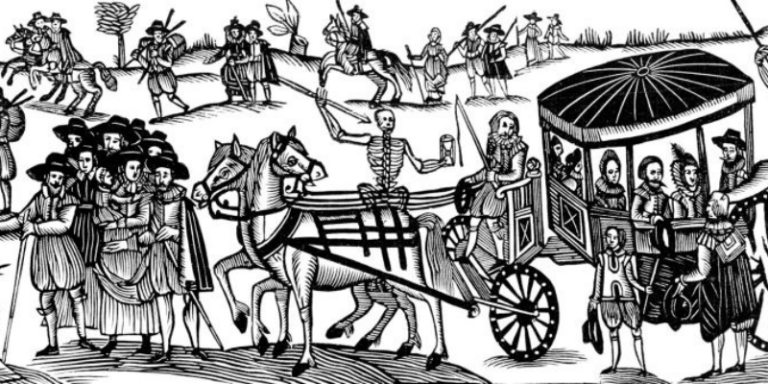A Tale Of Two Sacrifices – Part I
Do we understand what real sacrifice is?
By: Mark Angelides | May 9, 2020 | 475 Words

(Photo by Culture Club/Getty Images)
The word sacrifice is loaded with power – but does everyone fully understand what it means? A recent NBC/WSJ poll asked participants if they thought the COVID-19 crisis was the most significant public tragedy faced by Americans. The survey listed events such as Pearl Harbor, 9/11, the 2008 economic crash, and even the JFK assassination. Thirty-seven percent said Coronavirus was, indeed, the worst tragedy. That’s an unbelievable figure for what amounts to a disease that kills less than the seasonal flu. But perhaps they were talking about the hardships endured by all Americans.
Defining Moment?
Tales of real sacrifice are unique. They make us all ask the question: Would I have the moral courage to risk losing it all in the name of a principle, a loved one, or an idea? Even just hearing stories of sacrifice makes us better people because they urge us to examine our fears and motivations. Throughout history, there have been huge sacrifices and moving events. The most well-known – and arguably the most important – would be that of Jesus. But there are other, lesser-known events that cast real light on our present situation.
The first such story I want you to think about involves an entire village of some 800 souls.
The Black Death
It began in 1665 in the Village of Eyam, in the north of England, not far from Sheffield. The Black Death was at the height of its power, running rampant across Europe and parts of England. Up until now, Eyam, being a secluded village, had avoided the plague. It’s thought that a bolt of cloth arriving from London had fleas in it, and those fleas, of course, carried death with them. The tailor who handled the fabric died first, but then others followed. Over just a few weeks, 40 had succumbed. Knowing that anyone of them could be next, the villagers prepared to run to nearby towns they knew were clear of the plague.
The village clergyman, William Mompesson, understood that if these folks left, they would take the plague with them, spreading disease and death to those around them. So, he set out to achieve the seemingly impossible. He convinced all 800 people to stay right where they were. These were mothers with their children and babies, husbands with their wives – all willing to take the chance that they would die to save others, even at the cost of their loved ones.
They stayed put, and by the summer of 1666, there were deaths every single day. By the time the plague burned itself out, an estimated 260 of the 800 villagers had died; this was a higher mortality rate than even London.
They had lost family and friends, neighbors, and parents. They put those they loved most in the world, and themselves, on the sacrificial altar – all for the sake of strangers.
Oddly enough, William Mompesson was one of the survivors.
















